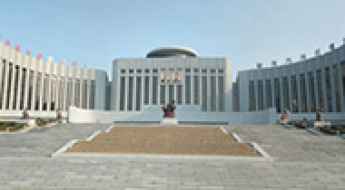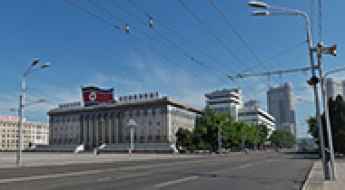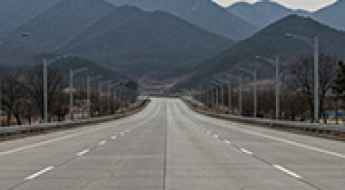North Korea
The Democratic People's Republic of Korea (DPRK) occupies the northern half of the Korean Peninsula in East Asia, a land dominated by rugged mountains that constitute about 80% of its terrain. This challenging geography inherently constrains infrastructure, especially the road network, which plays a starkly secondary role to the country’s rail system.
While the capital, Pyongyang, showcases wide, meticulously maintained boulevards, the reality outside the showcase city is dramatically different. The few intercity multilane motorways—built primarily for strategic and military purposes—are often conspicuously empty of traffic due to minimal private vehicle ownership and strict internal travel limits. Furthermore, these major highways and the vast majority of rural routes are poorly paved, suffering from deterioration and potholes, making travel long, bumpy, and difficult.
Risks and Preparation for Travel to North Korea (DPRK)
A journey to the Democratic People's Republic of Korea (DPRK) is unlike any other. While physical crime is virtually non-existent for tourists due to the omnipresent state control, the primary risks are legal, political, and financial. All foreigners must travel on a guided tour with a state-approved agency, where the focus shifts from personal safety to political and cultural obedience.
North Korea's Road Network: Wide Highways, Sparse Traffic, and Rough Rides
North Korea's road network presents a striking contrast: broad, strategically built highways that are largely empty, yet often in poor repair. The road system plays a decidedly secondary role to the country’s rail network, which carries the vast majority of freight.
No Wheel, No Freedom: Navigating North Korea's Strictly Controlled Road Network for Tourists
Independent self-driving by foreigners in the Democratic People's Republic of Korea (DPRK), or North Korea, is not an option for tourists and is highly unlikely to be permitted. All visitor movement and transportation are strictly controlled by the government.


